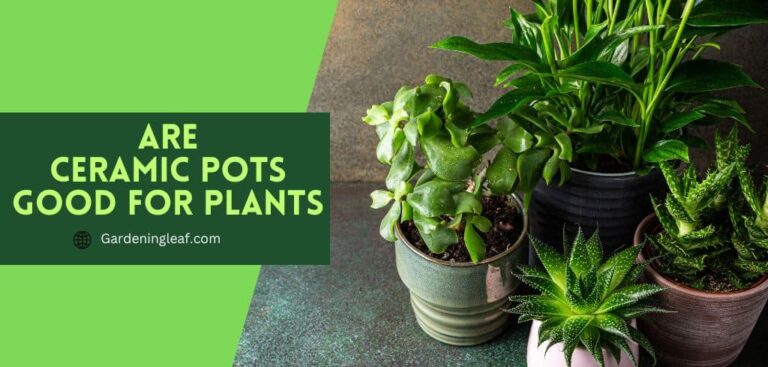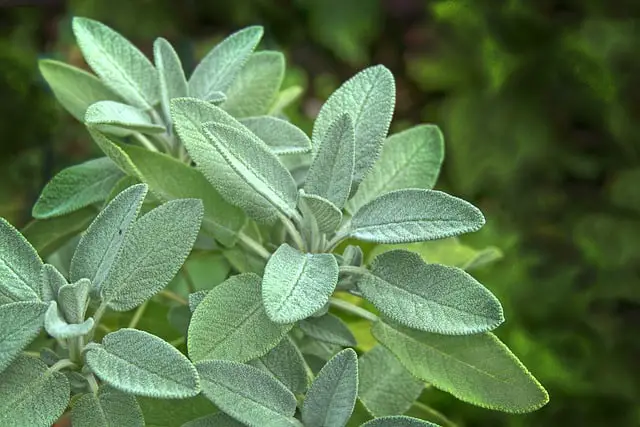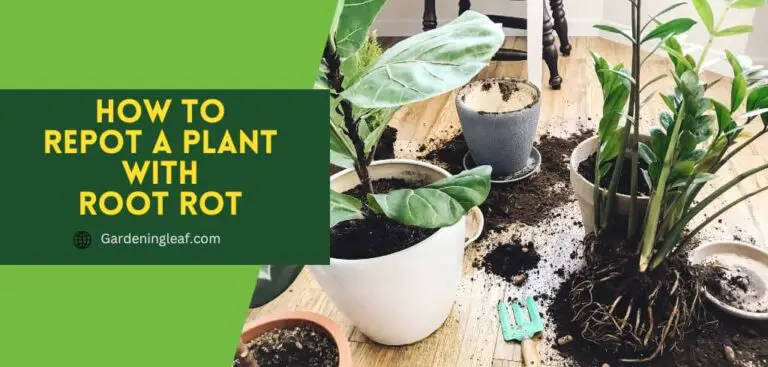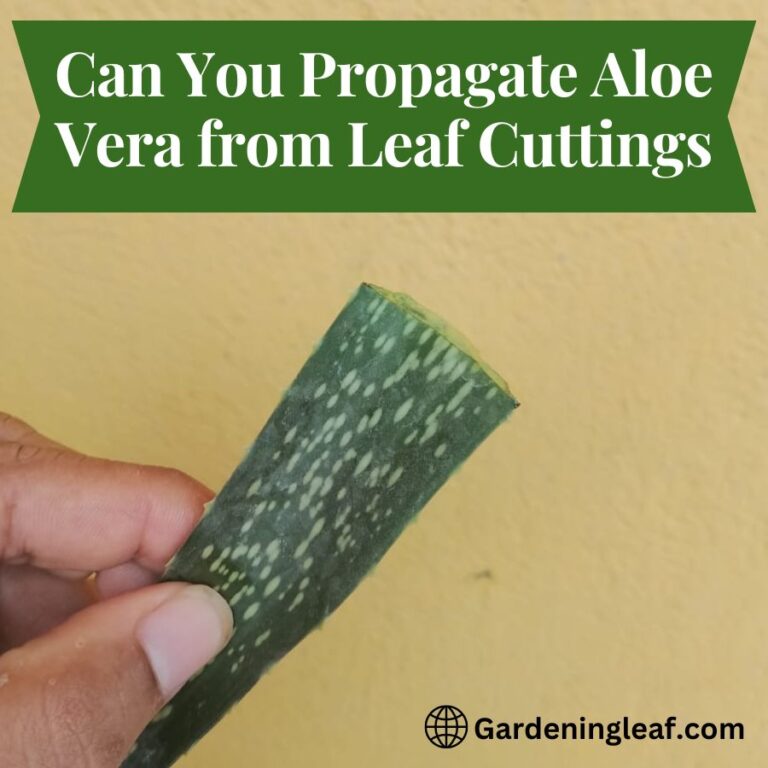How often do you water marigolds : A Clear to Proper Watering and Maintenance
Marigolds are beautiful and vibrant flowers that are popular among gardeners. They are easy to care for, but proper watering is essential to their health and success. Understanding how often to water marigolds will be very tricky. Because several factors can influence their watering needs.
In this post, we will discuss how often do you water marigolds. The signs that they need water and tips .
Factors that affect How often do you water marigolds
How often you water marigolds depends on a few factors.
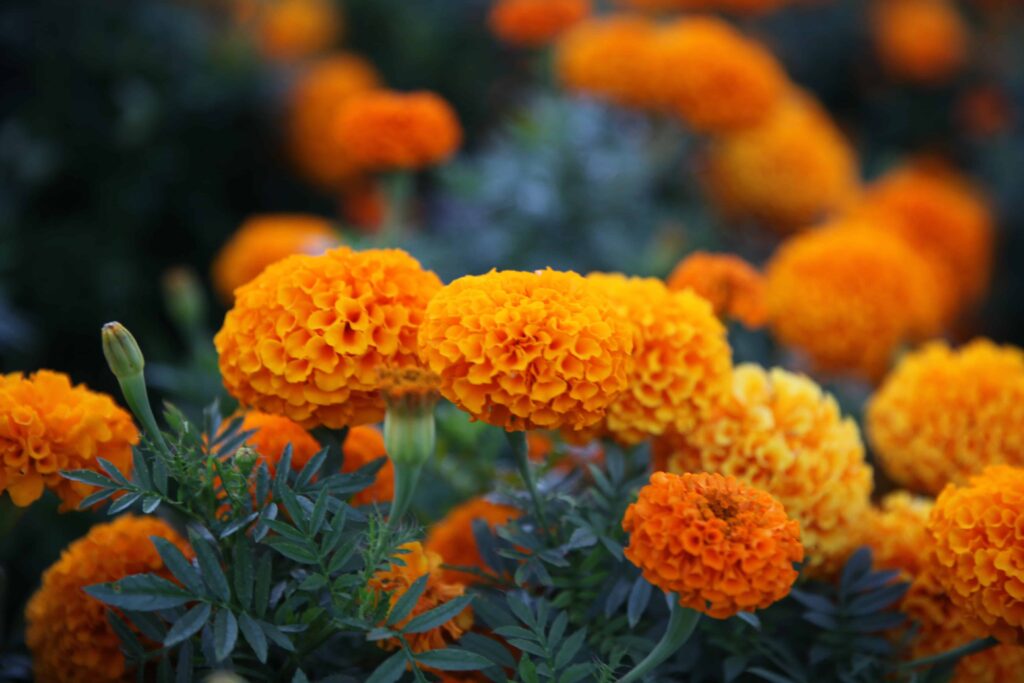
- Soil type and drainage: The most important factor that affects your water frequency is soil type. If your soil is more sand, the water drains out quickly. If you add cocopeat and perlite, your soil can hold moisture for longer. If your marigold pot has a good drainage system, then the water passes out quickly. And If your soil is poorly drained, your marigolds may need less frequent watering to avoid waterlogged roots.
- Full sun: This plant needs plenty of sunlight to thrive. But soil dries out quickly in direct sunlight. If you place your plant in a sunny spot, it may require more regular watering.
- Temperature and humidity: Hot summer months and low humidity can cause marigolds to dry out more quickly. So you must water them more often during heat or dry spells.
- Stage of growth: The watering needs of marigolds can vary depending on their stage of growth. Young plants may need more frequent watering to help them establish roots, while mature plants may be able to go longer between waterings.
- Type of Pot: This factor people often ignore. I tested with terracotta and a plastic pot I used the same soil and the same pot size as well. I find out Plastic pots hold more moisture for a long time than terracotta. I water my terracotta pot plant every day, and on the other hand plastic pot, my watering gap is 3 days. Now you understand how it affects your waiting schedule.
- Size of the pot:- Another factor that affects your water frequency is your pot size. The bigger size pot needs to be less water than the small pot.
Read More :- Why is my crepe myrtle not blooming – Easy Solution
Signs that marigolds need water
Marigolds that have been submerged tend to look spindly and small. The blooms can be up to 50% smaller than normal without proper watering. Because of this, the flowers may not bloom or have fewer blooms. Marigolds, unfortunately, are not drought tolerant. So the flower petals will curl at the edges and turn brown when submerged in water.

- Wilting or drooping leaves: First signs you will spot are Wilt or droop leaves. This is a sign that they need water as soon as possible. The leaves look limp and lifeless, but they should perk up again after a good watering.
- Dry or crumbly soil: If you find soil in your marigold dry. Check for moisture by inserting your finger approximately an inch into the soil. If the soil appears to be dry. Now is the time to water your plant.
- Yellow or brown foliage: When marigolds don’t get enough water, their leaves may turn yellow or brown. If you notice yellow or brown foliage, the plant cannot take up enough water to keep the leaves green and healthy. It’s a sign that they need water.
Tips to keep in mind when watering your marigolds:
- Water deeply: Ensure the soil soaks properly to the root system when watering. It will help healthy root growth.
- Don’t overwater: It is important not to overwater your plants while watering. It can cause root rot and other issues that can harm the plant.
- Never apply fertilizer to dry roots: If you apply fertilizer to a dry root, It can expose your plant to chemical burns. Water your plants thoroughly the day before you fertilize them.
By keeping these tips in mind, you can develop an effective watering routine that keeps your marigold plants healthy and thriving.
Read More :- How to Propagate Ruby Necklace Plants | The Easy Way
FAQ:
Should I avoid the leaves when watering?
Avoiding getting water on the leaves is generally a good idea. Water sitting on the leaves for an extended time can promote the growth of fungal diseases, which can harm the plant. Furthermore, water droplets on the leaves can behave as little magnifying glasses, concentrating the sun’s rays and perhaps causing leaf burn.
When watering, give it around the base of the plant instead than the leaves. If you want to water the leaves, do it early in the day so they can dry before nightfall.
Best time to pant Marigolds?
The best time to plant marigolds depends on your location and climate.
In general, marigolds are warm-weather annuals. They prefer to be planted after the last frost in the spring. The ideal growing temperature is 60°F (15°C).
If you live in a mild winter zone, you can plant marigolds in the fall for late-season bloom. However, because of their winter position, it is better to plant them in the spring after the threat of frost has passed. To plant marigolds, choose a sunny location with well-draining soil.
With proper care, marigolds should bloom from late spring to early fall, adding color and cheer to your garden.
Read More:- Why is My Peperomia Dropping Leaves: 12 Likely Causes
How to Choose Marigolds

To choose marigolds, consider the colors, sizes, and types that best fit your garden or outdoor space.
Marigolds are available in various colors, including yellow, orange, and white. When that happens, pick your favorite.
There 2 different Varity available in market French, African or signet marigolds
French marigolds are the most common, with large yellow flowers.
African marigold and signet marigolds are smaller and more compact.
Be sure to research the best planting, watering, and fertilizing techniques for your specific type of marigold.
Do Marigolds Need A Lot of Water?
Most marigolds do not require excessive water, but they should be provided with a good soak at least once a week. When first planted, water all marigolds deeply to encourage root growth and development of the plant’s foliage. After that, water marigolds in the same manner as you would other garden plants.
How Often Do You Water Marigolds Flowers?
Generally, you should water marigold flowers deeply once or twice a week, depending on the weather conditions and soil moisture level. However, the watering frequency can vary based on several factors, such as soil type and drainage, sun exposure, temperature, humidity, and the growth stage.
In hot and dry weather conditions, marigolds may require more frequent watering. On the other hand, if the weather is cool and damp, the plant may need less water.
As well already discussed how often do you water marigolds. If you keep this in mind, you will know when to water your plant.
Read More :- How to Get Rid of Spider Mites During Flowering (The Easy Way)
What is the difference between a marigold and a calendula?
Marigolds (Tagetes) and Calendulas (Calendula officinalis) are different plants. We often need clarification because of their similarities.
Marigolds have larger flowers with a wider range of colors. It includes yellow, orange, and red. They are also taller and more upright, growing up to 3 feet.
But, Calendulas have smaller yellow or orange flowers and a more delicate appearance. They grow lower to the ground. And able to reach about 1-2 feet in height.
Marigolds prefer full sun and well-drained soil. While calendulas can tolerate partial shade and damper soil.
Marigolds are annual plants with a single growing season. But calendulas are often grown as an annual. But can also be grown as a short-lived perennial in some climates.
Conclusion
Proper watering is essential for the health and growth of marigolds. So how often do you water marigolds depends on weather conditions, soil type, and the stage of growth of the plant.
Marigolds generally require moderate watering, keeping the soil moist but not waterlogged. To determine when to water your plant, check the soil regularly and water deeply when the top inch of the soil feels dry. Following these guidelines can help your plant thrive and produce vibrant blooms throughout the growing season.

